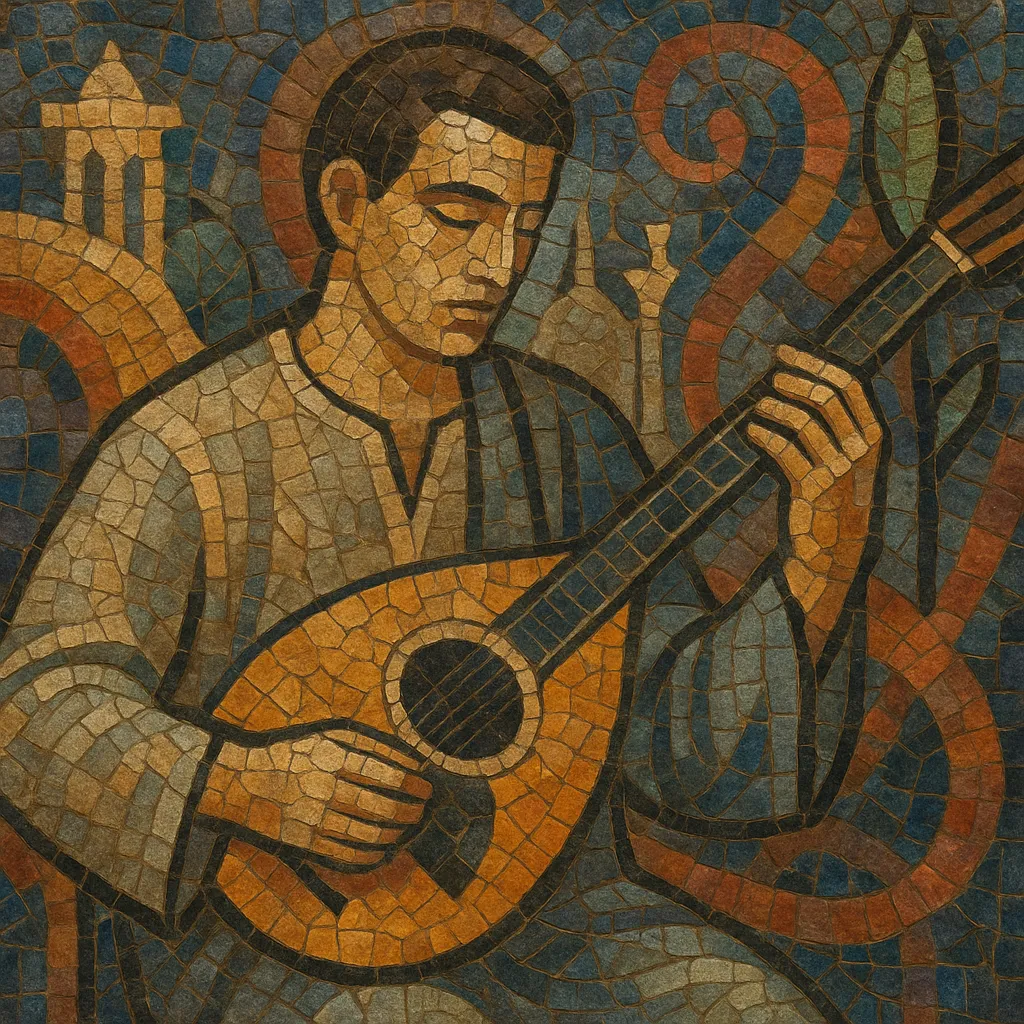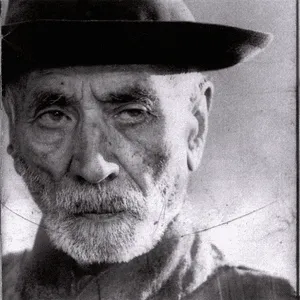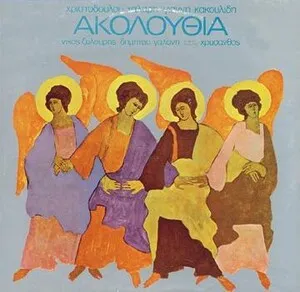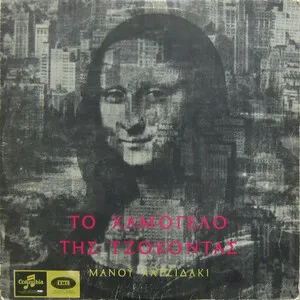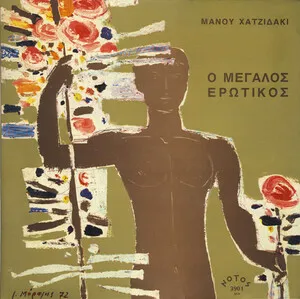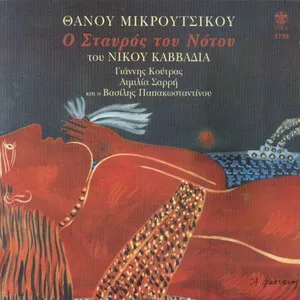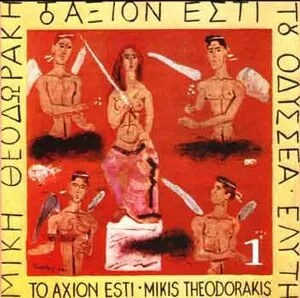Éntechna (often written as entechno) is a Greek “art song” current that fuses Greek folk idioms and urban laïko song with Western classical orchestration and literary, often poetic, lyrics.
Its musical language keeps Greek modal flavors and characteristic dance meters (such as 9/8 zeibekiko and 7/8 kalamatianos) while expanding the harmonic palette with classical voice-leading, richer chords, and through-composed or well-shaped strophic forms. Orchestration commonly blends bouzouki and other Greek folk instruments with strings, woodwinds, piano, and occasionally choir.
Lyrically, entechna privileges high-quality poetry—frequently settings of major Greek poets—addressing love, memory, exile, social conscience, and national identity. It is intended foremost for listening rather than strictly for dancing, yet it often retains the pulse and cadence of Greek dance forms.
Éntechna emerged in Greece at the turn of the 1960s when composers such as Mikis Theodorakis and Manos Hadjidakis sought to elevate the popular song by combining the melodic modes and rhythms of Greek folk and urban song with Western classical orchestration and the formal clarity of art song. They set texts by canonical poets (e.g., Seferis, Elytis, Ritsos), bringing literature and social commentary directly into mainstream listening.
Through the 1960s the idiom crystallized: bouzouki coexisted with strings and winds, and singers with strong interpretive presence carried poetically dense material. During the Greek military junta (1967–1974), entechna songs—especially those by Theodorakis—became powerful symbols of resistance, circulating in concerts and recordings in Greece and abroad, and giving the genre a civic and cultural gravitas.
After the restoration of democracy, a new generation of composers and singers broadened the palette. Stadia concerts and high-profile albums brought entechna into the mainstream while preserving its literary core. Arrangements diversified (piano-led, chamber-like textures; larger symphonic colors), and collaborations with theater and film continued to be important.
Modern entechna often interweaves discreet pop/rock production while maintaining poetic texts and Greek modal/metric identity. The style has influenced modern laïko and the singer–songwriter scene, and remains a respected arena for sophisticated songwriting, concert presentation, and re-interpretation of classic poetic cycles.

